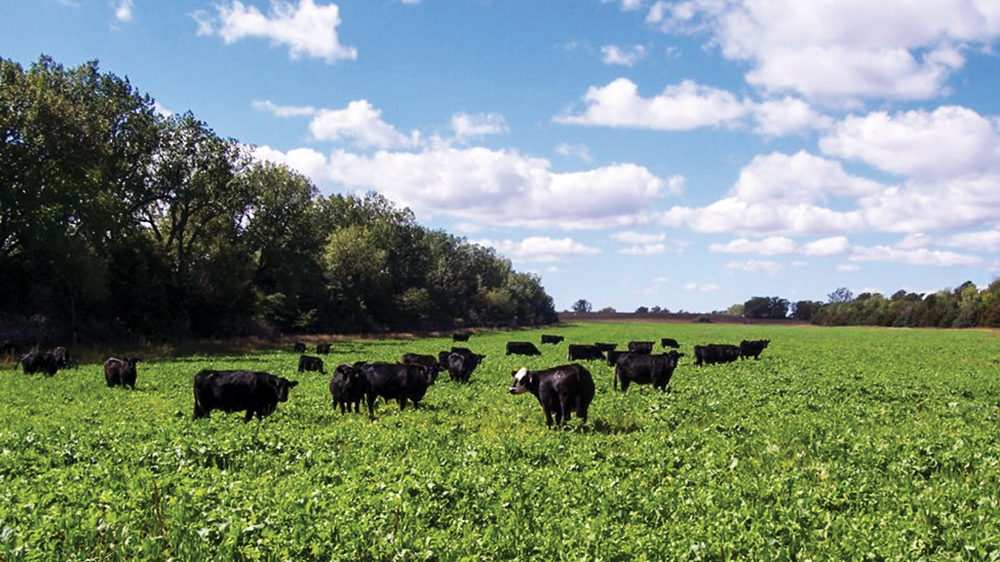No-Till Farmer
Get full access NOW to the most comprehensive, powerful and easy-to-use online resource for no-tillage practices. Just one good idea will pay for your subscription hundreds of times over.

With many regions of the U.S. low on forage, demand has driven forage prices up and it’s a good time to think about opportunities for raising cover crops for that purpose, says Scott Wohltman.
No-tillers often raise covers to improve soil health or reduce erosion, but they can also increase productivity when used for grazing, hay or silage.
“Bringing more residue into one’s system can impact soil health in a positive way. It brings protection and generates the opportunity to build soil organic matter,” says the cover crop lead for La Crosse Seed. “But there’s no easier way to make cover crops pay than to use this residue as a source of forage.”
Before deciding on a cover crop species, no-tillers should know what service or goal they want it provide, says Wohltman.
Examples could be spring or fall grazing, forage harvesting, silage, or early spring nitrogen availability. They should also consider where covers fit in the rotation and account for potential herbicide interactions.
A cover crop doesn’t have to be a complex multispecies cocktail but should include some plant diversity — mixing grasses (ryegrass, fall cereal rye, millets, sorghum-sudangrass, winter triticale, sudangrass, spring oats and barley, teff, winter barley and wheat), legumes (clovers, sunn hemp, winter hairy vetch and peas) and a limited amount of brassicas (radish, turnip or canola).
Cereals work well for fall and spring forage for many reasons — not just because they produce a lot of biomass, but they lower the TDN…